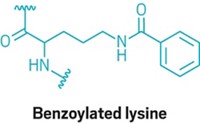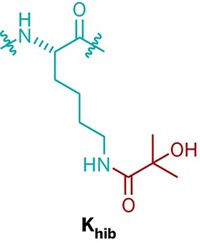Advertisement
Grab your lab coat. Let's get started
Welcome!
Welcome!
Create an account below to get 6 C&EN articles per month, receive newsletters and more - all free.
It seems this is your first time logging in online. Please enter the following information to continue.
As an ACS member you automatically get access to this site. All we need is few more details to create your reading experience.
Not you? Sign in with a different account.
Not you? Sign in with a different account.
ERROR 1
ERROR 1
ERROR 2
ERROR 2
ERROR 2
ERROR 2
ERROR 2
Password and Confirm password must match.
If you have an ACS member number, please enter it here so we can link this account to your membership. (optional)
ERROR 2
ACS values your privacy. By submitting your information, you are gaining access to C&EN and subscribing to our weekly newsletter. We use the information you provide to make your reading experience better, and we will never sell your data to third party members.
Biological Chemistry
Trimethyl marks prove reversible
May 8, 2006
| A version of this story appeared in
Volume 84, Issue 19
A family of enzymes that specifically reverses a type of histone methylation long thought to be permanent has finally come to light. The methylation state of lysine and arginine side chains on DNA-packaging histone proteins helps to control access to and transcription of genomic DNA. Such methylation is regulated by histone methylase and demethylase enzymes. Enzymes that can strip methyl groups from both di- and monomethylated side chains have been identified, but it has remained unclear whether enzymes capable of demethylating histones bearing trimethyllysine (shown) exist. Confirming that the trimethyl mark is indeed reversible, a team led by Yang Shi of Harvard Medical School has now pinpointed such enzymes (Cell 2006, 125, 467). JMJD2A and its relatives use Fe(II) and a-ketoglutarate as cofactors to carry out hydroxylation-mediated demethylation, Shi's team reports. JMJD2A removes just one methyl group from trimethyllysine, while other relatives remove two.





Join the conversation
Contact the reporter
Submit a Letter to the Editor for publication
Engage with us on Twitter